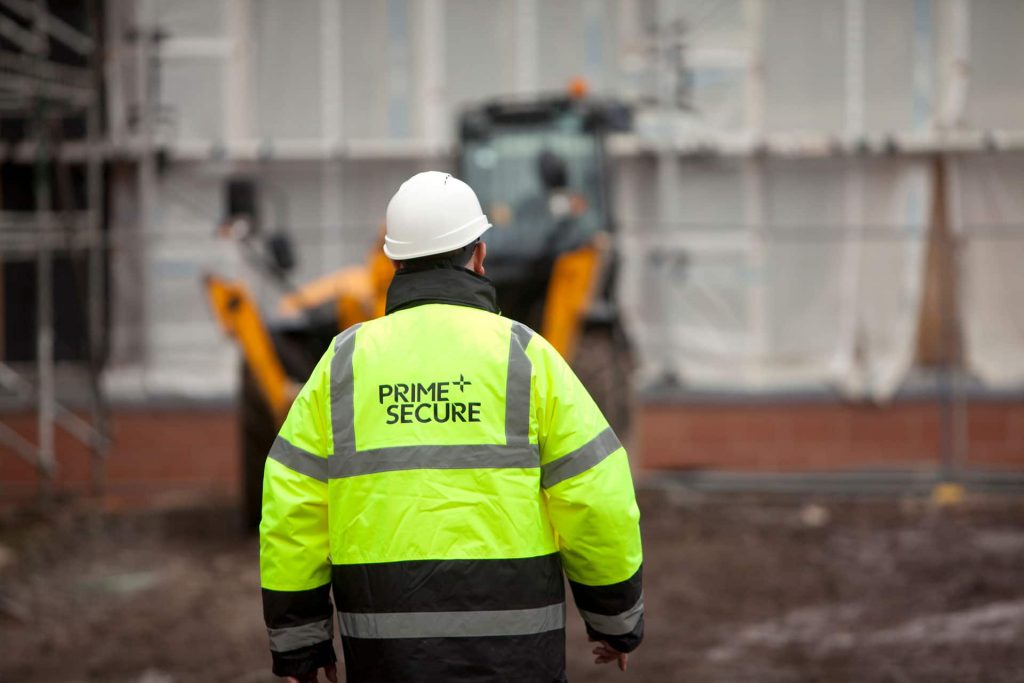In the bustling world of construction, ensuring the safety and security of a construction site is paramount. Construction sites are often targets for theft, vandalism, and unauthorized access due to the valuable equipment, materials, and machinery present. A well-thought-out security plan is essential to protect personnel, property, and assets. Let's delve into the key elements that make up a comprehensive Construction Site Security plan.
Risk Assessment
Before implementing any security measures, a thorough risk assessment should be conducted. This involves identifying potential risks and vulnerabilities specific to the construction site. Factors to consider include the site's location, surrounding environment, crime rate in the area, value of equipment and materials on-site, and historical security incidents. By understanding these risks, security strategies can be tailored effectively.
Perimeter Security
Establishing a secure perimeter is fundamental. This involves fencing the construction site with durable barriers that are difficult to breach. The perimeter should have clear entry and exit points, each monitored and controlled. Access gates should be locked when not in use, and security personnel or surveillance technology can be employed to monitor these entry points.
Surveillance Systems
Utilizing advanced surveillance systems is crucial for monitoring the construction site 24/7. This can include cameras strategically positioned to cover critical areas such as entry points, equipment storage, and high-value materials. Cameras equipped with motion sensors and night vision capabilities enhance effectiveness during non-working hours.
Access Control
Controlling who enters the construction site is key to maintaining security. Implement access control measures such as ID badges, key cards, or biometric systems for personnel. Visitors should sign in and be escorted while on-site. Restrict access to authorized personnel only, and ensure that all access points are monitored and recorded.
Security Personnel
Having trained security personnel on-site adds an additional layer of protection. Security guards can patrol the premises, monitor surveillance feeds, and respond promptly to any security breaches. They also serve as a visible deterrent to unauthorized individuals attempting to gain access.
Lighting
Well-lit construction sites deter criminal activity by reducing hiding spots and increasing visibility. Install adequate lighting throughout the site, especially in dark or secluded areas. Motion-activated lights can further enhance security during nighttime hours.
Equipment Tracking
Tracking high-value equipment and machinery can help prevent theft. Use GPS tracking devices on equipment to monitor their location in real-time. This allows for quick recovery in case of theft and serves as a deterrent to potential thieves.
Secure Storage
Valuable materials and equipment should be stored securely when not in use. Use locked storage containers or designated secure areas within the site. Install alarms on storage units to alert security personnel of unauthorized access attempts.
Emergency Response Plan
Prepare for emergencies with a comprehensive response plan. This includes procedures for fire, medical emergencies, and security breaches. Ensure all workers are trained on emergency protocols and have access to emergency contact information.
Regular Security Audits
Regularly evaluate the effectiveness of security measures through audits and assessments. Identify areas for improvement and adjust the security plan accordingly. Stay proactive in addressing emerging security threats. Engage with the local community to build relationships and foster cooperation. Inform nearby residents and businesses about construction activities and security measures in place. Encourage them to report any suspicious behavior around the site promptly.
Compliance with Regulations
Adhere to all relevant security regulations and standards applicable to construction sites. This includes local building codes, occupational health and safety regulations, and data protection laws.
Conclusion
A comprehensive Construction Site Security plan encompasses multiple layers of protection to safeguard personnel, property, and assets. By conducting a risk assessment, implementing robust security measures such as perimeter fencing, surveillance systems, access controls, and engaging security personnel, construction sites can significantly reduce security risks. Regular audits and community engagement further enhance the effectiveness of the security plan. Ultimately, investing in a comprehensive security plan not only mitigates risks but also promotes a safer working environment for everyone involved in the construction project.


No comments yet